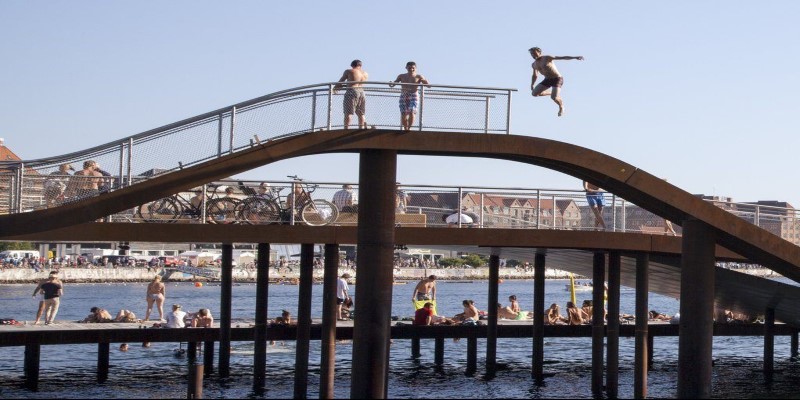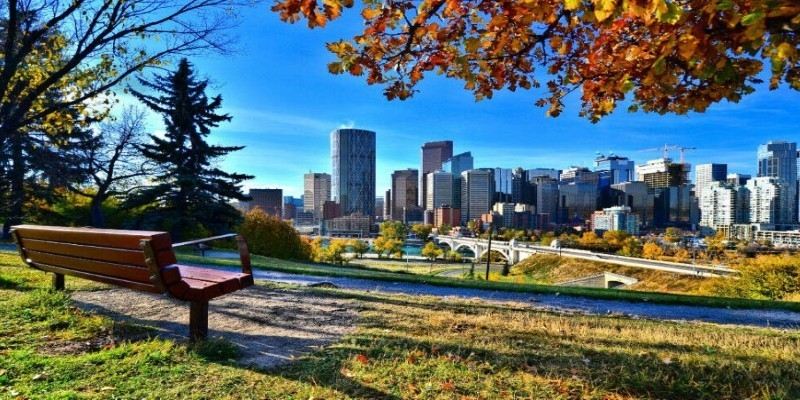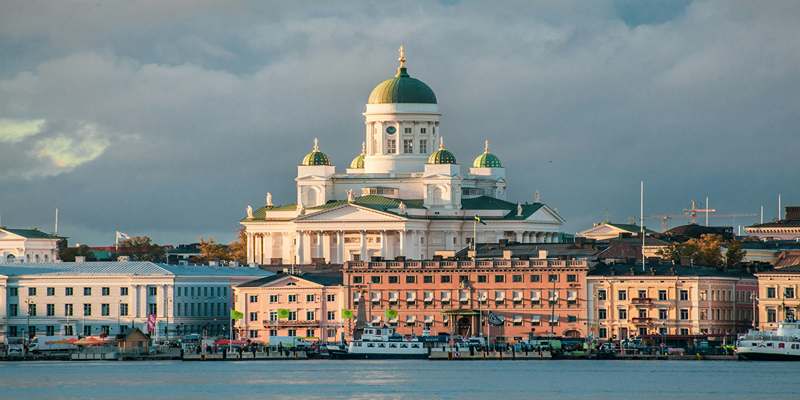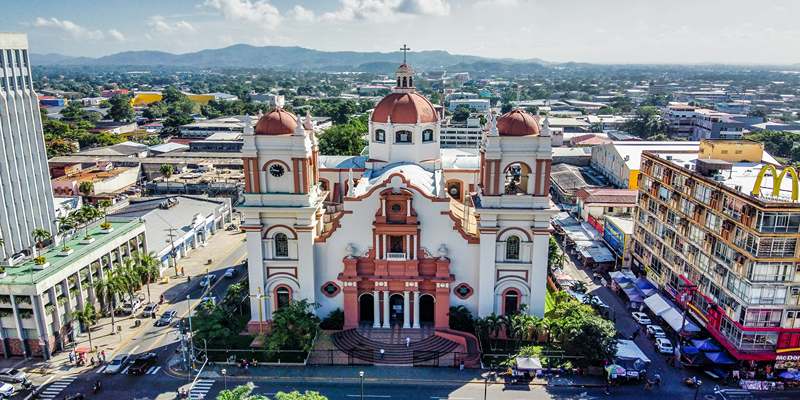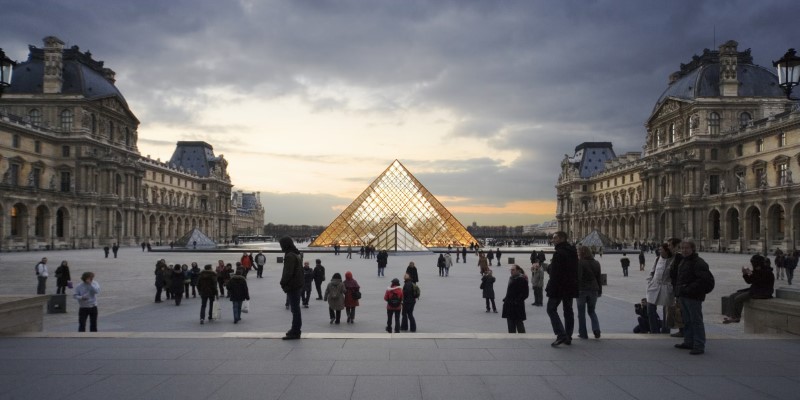London is the kind of place that pulls you in quickly. The old and the new share the same space: centuries-old churches sit next to glass towers, and you’ll hear dozens of languages walking down one street. It’s busy, proud, and packed with quirks. First-time visitors often come with postcard expectations—red buses, Big Ben, a royal sighting or two. But the day-to-day experience is more layered. To enjoy your time in the city without feeling lost or overwhelmed, it helps to know a few things before you arrive.
12 Things to Know Before Visiting London for the First Time
The City is Big, But Walkable Pockets Help You Manage It
London is not one compact area—it's more like a collection of villages that merged into a massive sprawl. Each neighborhood has its feel, and distances can be deceptive. While the entire city can't be explored on foot, many central areas, such as Covent Garden, Soho, and South Bank, are ideal for walking. Planning your days around clusters helps. Don't try to jump from Camden to Greenwich in the afternoon. It's possible, but it won't feel good.
Use Contactless Cards for the Tube and Buses
You don’t need to buy a travel card or an Oyster. London’s public transport runs smoothly with contactless payment, including international cards and mobile wallets. Tap in at the start of your journey and tap out at the end. Daily caps help keep fares reasonable, and the system is intuitive once you’ve used it a few times. Avoid paying cash on buses—they don’t accept it.
Weather Changes Fast—Always Bring a Layer
Even in summer, London can’t promise dry skies. The forecast might say sunny, but that doesn’t mean it won’t rain by noon. Carrying a small umbrella or a waterproof jacket makes sense, no matter the month. Locals rarely check the weather; they just assume it’ll be unpredictable. Don’t rely on how the sky looks in the morning.
Mind The Rules of Queuing and Walking
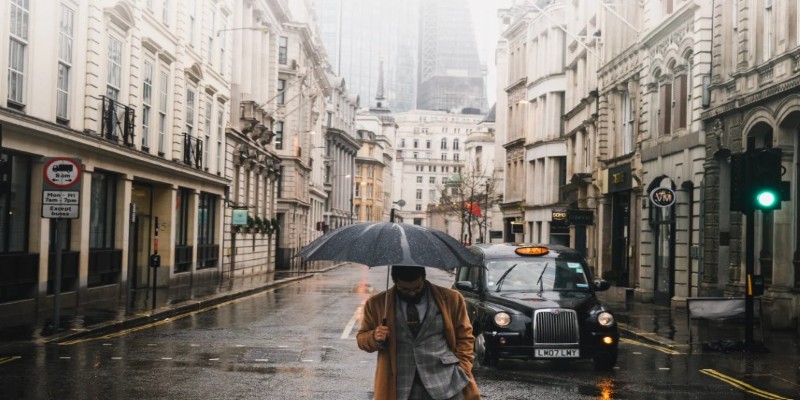
Queueing is not a joke in the UK. Whether it’s for a coffee, a bus, or the bathroom, line up and wait your turn. Don’t cut in. On escalators, stand on the right and walk on the left. Breaking this rule in the Underground will earn you some serious side-eye. It’s one of those unspoken city rules that keeps things running smoothly.
Museums are Free—But Donations Help
One of London's greatest gifts to visitors is that its major museums are free. The British Museum, National Gallery, and Tate Modern won't charge you for general entry. But you'll notice donation boxes near the doors, and they exist for a reason. If you enjoy your visit, giving a few pounds helps keep the system going. Special exhibitions often require paid tickets, so check ahead.
Reserve Tables for Restaurants or Expect a Wait
Walk-ins are still possible, but popular spots tend to book up—especially around dinner. If there’s a place you really want to try, it’s better to reserve a few days in advance. London has become a food city in its own right, with a wide range of global options. But without a booking, you might end up standing outside in the drizzle, checking Google Maps for alternatives.
Tap Water Is Drinkable—And Free in Restaurants
You don't need to buy bottled water. London's tap water is safe and widely available. In restaurants and cafes, you can always ask for tap water, and they'll bring it over without charge. Some may even bring it automatically. Refilling your bottle at museums and parks is easy, too, which helps if you're walking a lot.
There’s More Than Just Central London
Most visitors stick to Zone 1, but some of the most interesting areas are outside it. Places like Hampstead, Richmond, and Dulwich offer a slower pace and a more local feel. You’ll find quiet parks, independent shops, and pubs that aren’t packed with tourists. The Overground and trains make it easy to branch out, so don’t feel like you need to stay glued to the core.
Keep Coins for Small Purchases and Markets
While cards work almost everywhere, some small market stalls or street vendors still prefer cash. It’s smart to have a few coins on hand, especially if you’re going to places like Borough Market or Columbia Road Flower Market. London is leaning more digital, but not everything has caught up yet. A few pounds in your pocket can still come in handy.
Don’t Expect the Royal Family to Be Part of Your Trip
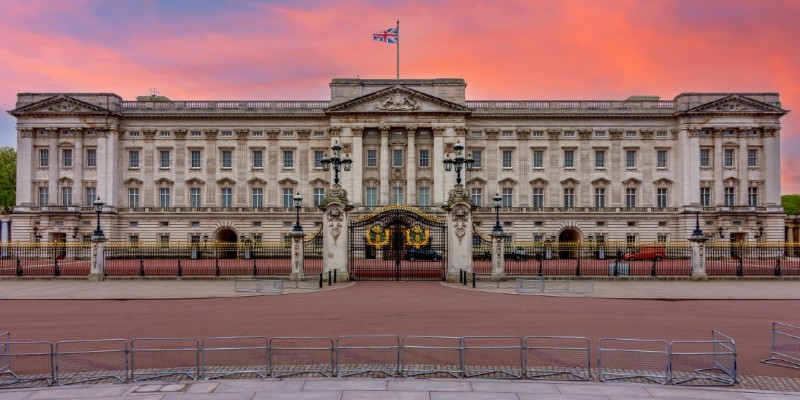
Buckingham Palace is a popular stop, and changing of the guard draws crowds. But unless you’ve timed your visit during a big event, royal sightings are rare. Many tourists come with hopes of catching a glimpse of someone from the family, but daily life in London doesn’t revolve around them. That said, you can tour royal spaces like Kensington Palace or Windsor Castle if you're curious.
Time Your Museum and Attraction Visits
Avoid peak hours if you can. London gets crowded, and attractions like the British Museum or the London Eye see long queues by mid-morning. If you arrive right at opening time or later in the afternoon, you’ll often find thinner crowds. The same applies to weekend travel—Sundays tend to be calmer in the city, while Saturdays are packed with visitors and locals alike.
Don’t Underestimate the Parks
London’s green spaces are more than just places to sit. Hyde Park, Regent’s Park, and Hampstead Heath are destinations in themselves. They offer views, local culture, and moments of calm in a fast-moving city. Bring a sandwich, lie on the grass, and slow things down. Even a quick stop in a small square or garden can shift your pace and mood.
Conclusion
London can feel overwhelming at first—it's fast, noisy, and always in motion. But once you catch its rhythm, the city starts to make sense. Each neighborhood adds something different, and there's a quiet charm beneath the surface. Knowing a few things before you go helps you settle in faster. These 12 things to know before visiting London aren’t strict rules—just small tips to make the city feel a bit more familiar.



